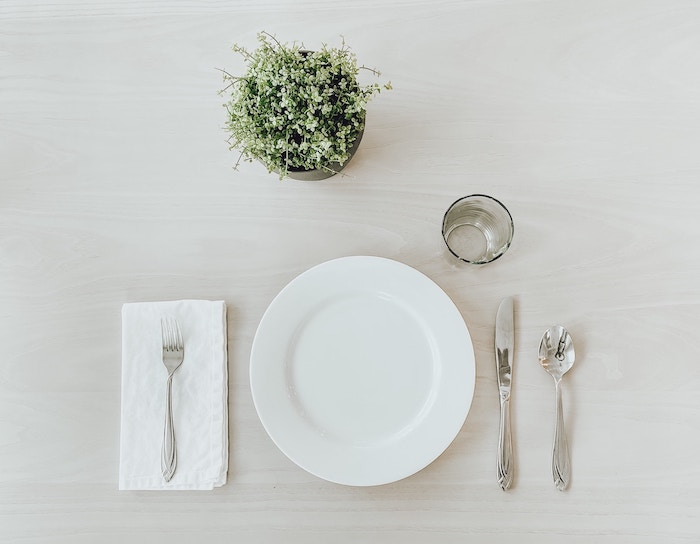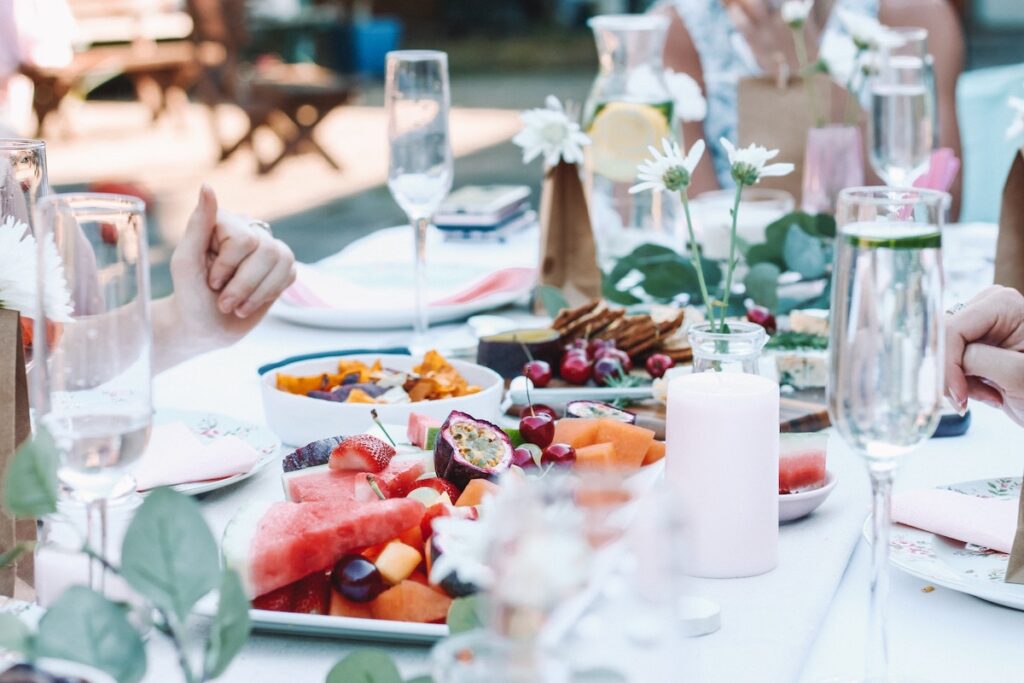
Table Settings for Dinner
A guide to choosing the perfect table setting for any dinner party.
Choosing the right table settings for dinner is an essential part of any event. Whether it’s a casual dinner with friends or a formal event like a wedding or anniversary, the chosen table setting is a reflection of your personal style and taste. In this article, we’ll explore why setting a table properly is important, how to set a basic table, the dos and don’ts of setting a dinner table, and the difference between informal and formal table settings. We’ll also provide tips on how to set a casual table and how to set a formal dinner table.

From medieval banquets to the opulent feasts of the Renaissance era, for centuries hosts have been creating lavish tables for their guests to enjoy. In fact, Western dining customs can be dated to as far back as ancient Greece. The way you set your table can make your guests feel welcome and comfortable. It can delight and intrigue, creating talking points with fellow diners and ensuring the event makes an impression. The right table setting can enhance the dining experience, making the food taste better and the conversation flow. A well-set table will make your guests feel special and appreciated.
Sitting down to eat together is a fundamental part of being human. One of life’s greatest pleasures is enjoying food and drink with your nearest and dearest; sometimes, a lavish look isn’t needed. Setting a basic table is easy and requires only a few essential items. First, start with a tablecloth or placemats to protect your table. Depending on the occasion your table cloth can be colourful and casual, taking inspiration from the seasons or an appropriate holiday. For more formal occasions a classic white table cloth provides a crisp canvas upon which you can create your table. Place a dinner plate in the center of each setting. On top of the dinner plate, place a folded napkin and to the left of the plate, place a fork. To the right of the plate, place a knife with the blade facing the plate and a spoon to the right of the knife. Finally, place a drinking glass above the knife.

There are a few dos and don’ts to keep in mind when setting a dinner table. Remember to balance elegance with creative flair – allowing space for your diners to enjoy the aesthetic, and, of course, to eat! Do make sure that each place setting is evenly spaced. If you’re serving bread – rarely will a guest complain when presented with a crusty loaf – don’t forget to provide a butter knife. Ensure your guests needs are met: always provide a water glass, and remember to set a wine glass if serving wine, or other glassware as appropriate.
Whether for a cosy catch up with friends or a decadent banquet to celebrate a significant moment in your life, it’s important to consider what sort of table is appropriate for your occasion. Informal and formal table settings differ in the number of utensils and accessories used. Informal settings usually have fewer items and are more relaxed in style and aesthetic, while formal settings have more items and are more ornate. Informal settings may not require a tablecloth, while formal settings usually do.
Tablecloth
Forks
Knives
Spoons
Glassware
Decor
Optional
Simple
1
1 (usually soup)
Elaborate
1
1
1
If you’re looking to create a lowkey celebration, or are entertaining guests you know well, opting for a casual table setting is an ideal way to set the mood. Setting a casual table is similar to setting a basic table, but with a few extra touches. Instead of a tablecloth, use placemats or a table runner. Add a bread plate to the left of the fork, and place a dessert fork and spoon horizontally above the dinner plate. You can also add a small vase of flowers or a simple centerpiece to add a touch of elegance to the table.

Some occasions call for a little fanfare. In fact, any occasion can warrant rolling out the proverbial red carpet and treating your guests to something spectacular. A formal table is the go-to option for creating a truly unique atmosphere. However, setting a formal dinner table requires more attention to detail, additional accessories and a solid grounding in the principles involved. Considering that cutlery (specifically the spoon) dates back to the ancient Egpytians, there’s plenty of history involved.
To set a conventionally formal table, first, use a tablecloth that drapes to the floor. Then, add a charger plate at each place setting. A charger plate is a large, often highly decorative, service plate upon which a dinner plate is placed. To the left of the dinner plate, place a fish fork, a meat fork, and a salad fork. Place a salad plate and a bread plate to the left of the forks. To the right of the dinner plate, place a soup spoon, a fish knife, a meat knife, and a butter knife. Above the dinner knife, place a water glass, a red wine glass, and a white wine glass. Finally, add a dessert spoon and fork above the dinner plate.
A diligent host or hostess will create a seating plan that maximises the opportunity for new and exciting conversation. Historically guests of the same sex should not be sat next to each other and unless a couple is betrothed or married for less than a year a couple should be split up. However, if a guest is elderly or has mobility issues, arrangements should be made to accommodate their needs.
The table setting you choose, from type to theme to colour scheme, takes careful consideration and planning. The ambience of an occasion can be elevated by picking the perfect table setting for dinner, defining the tone for the entire evening. With so many options it can be hard to pick the correct route. If you’re looking for inspiration, Table Fables is the perfect companion to the ambitious table artist. Head to [link to book selling page] to find out more.


A guide to choosing the perfect table setting for any dinner party.

Eating meals together is a fundamental aspect of being human. Discover three reasons why it’s good for us.

Learn how to choose, arrange and display flowers to make your table setting sing.
© All Rights Reserved 2023